Aditya Chopra
Spatial and Statistical Modeling of Multi-Panel Millimeter Wave Self-Interference
Oct 14, 2022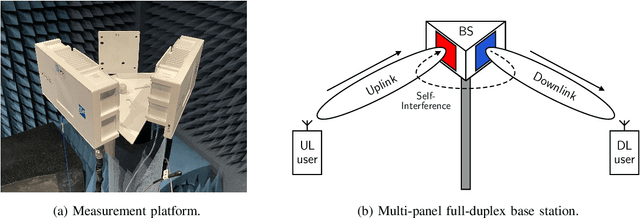
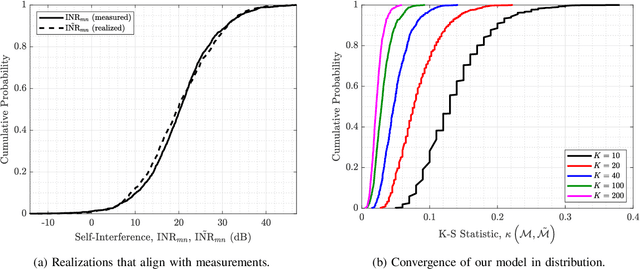
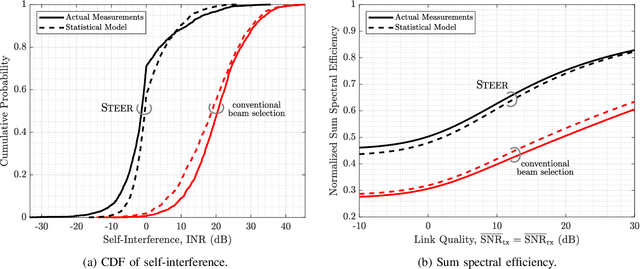
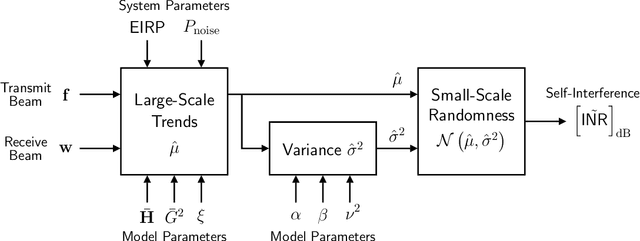
Abstract:Characterizing self-interference is essential to the design and evaluation of in-band full-duplex communication systems. Until now, little has been understood about this coupling in full-duplex systems operating at millimeter wave (mmWave) frequencies, and it has been shown that highly-idealized models proposed for such do not align with practice. This work presents the first spatial and statistical model of multi-panel mmWave self-interference backed by measurements, enabling engineers to draw realizations that exhibit the large-scale and small-scale spatial characteristics observed in our nearly 6.5 million measurements. Core to our model is its use of system and model parameters having real-world meaning, which facilitates the extension of our model to systems beyond our own phased array platform through proper parameterization. We demonstrate this by collecting nearly 13 million additional measurements to show that our model can generalize to two other system configurations. We assess our model by comparing it against actual measurements to confirm its ability to align spatially and in distribution with real-world self-interference. In addition, using both measurements and our model of self-interference, we evaluate an existing beamforming-based full-duplex mmWave solution to illustrate that our model can be reliably used to design new solutions and validate the performance improvements they may offer.
STEER: Beam Selection for Full-Duplex Millimeter Wave Communication Systems
Jul 15, 2022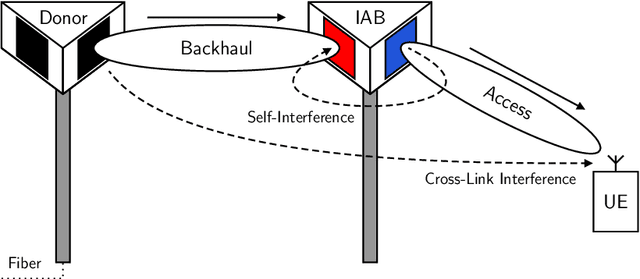
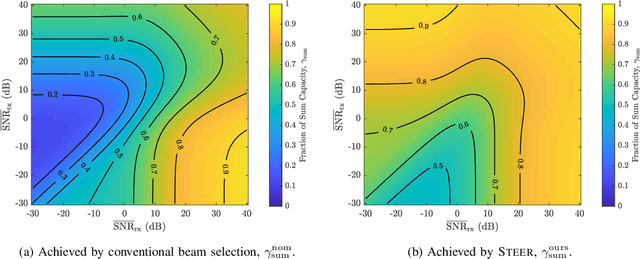
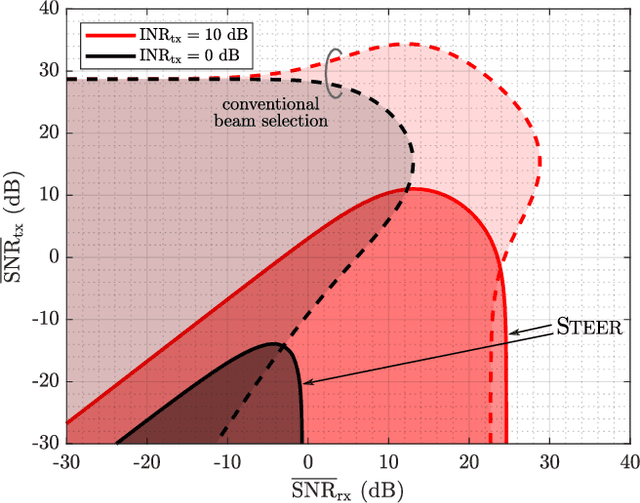
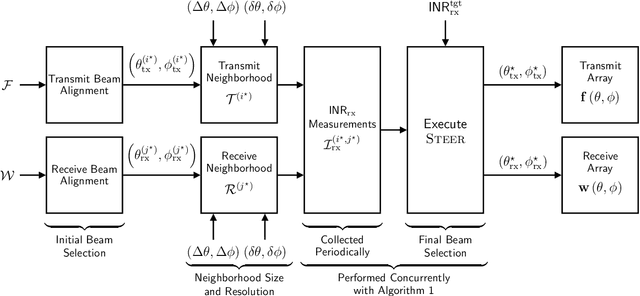
Abstract:Modern millimeter wave (mmWave) communication systems rely on beam alignment to deliver sufficient beamforming gain to close the link between devices. We present a novel beam selection methodology for multi-panel, full-duplex mmWave systems, which we call STEER, that delivers high beamforming gain while significantly reducing the full-duplex self-interference coupled between the transmit and receive beams. STEER does not necessitate changes to conventional beam alignment methodologies nor additional over-the-air feedback, making it compatible with existing cellular standards. Instead, STEER uses conventional beam alignment to identify the general directions beams should be steered, and then it makes use of a minimal number of self-interference measurements to jointly select transmit and receive beams that deliver high gain in these directions while coupling low self-interference. We implement STEER on an industry-grade 28 GHz phased array platform and use further simulation to show that full-duplex operation with beams selected by STEER can notably outperform both half-duplex and full-duplex operation with beams chosen via conventional beam selection. For instance, STEER can reliably reduce self-interference by more than 20 dB and improve SINR by more than 10 dB, compared to conventional beam selection. Our experimental results highlight that beam alignment can be used not only to deliver high beamforming gain in full-duplex mmWave systems but also to mitigate self-interference to levels near or below the noise floor, rendering additional self-interference cancellation unnecessary with STEER.
Beamformed Self-Interference Measurements at 28 GHz: Spatial Insights and Angular Spread
Jun 15, 2022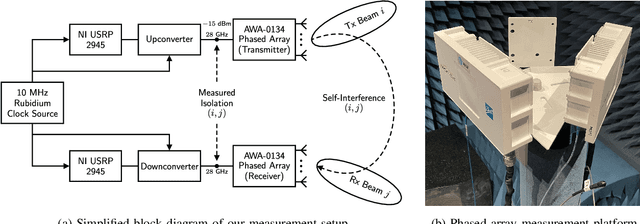
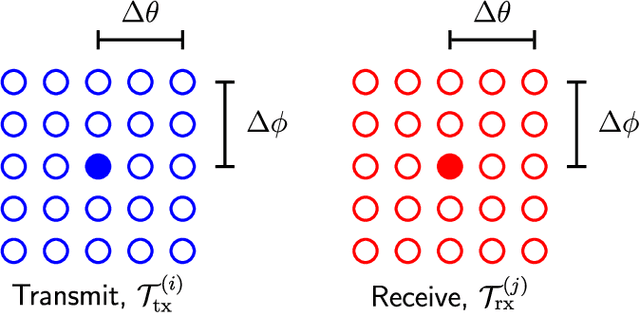
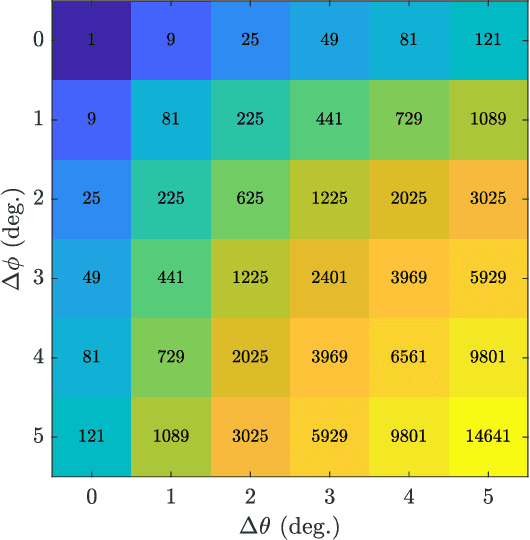
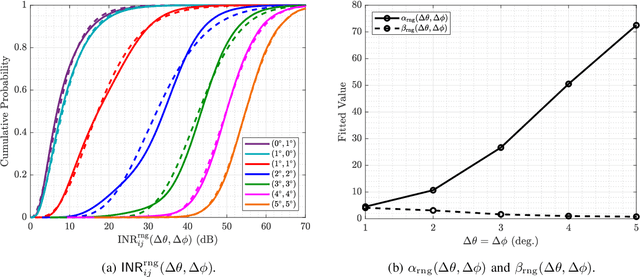
Abstract:We present measurements and analysis of self-interference in multi-panel millimeter wave (mmWave) full-duplex communication systems at 28 GHz. In an anechoic chamber, we measure the self-interference power between the input of a transmitting phased array and the output of a colocated receiving phased array, each of which is electronically steered across a number of directions in azimuth and elevation. These self-interference power measurements shed light on the potential for a full-duplex communication system to successfully receive a desired signal while transmitting in-band. Our nearly 6.5 million measurements illustrate that more self-interference tends to be coupled when the transmitting and receiving phased arrays steer their beams toward one another but that slight shifts in steering direction (on the order of one degree) can lead to significant fluctuations in self-interference power. We analyze these measurements to characterize the spatial variability of self-interference to better quantify and statistically model this sensitivity. Our analyses and statistical results can be useful references when developing and evaluating mmWave full-duplex systems and motivate a variety of future topics including beam selection, beamforming codebook design, and self-interference channel modeling.
28 GHz Phased Array-Based Self-Interference Measurements for Millimeter Wave Full-Duplex
Mar 05, 2022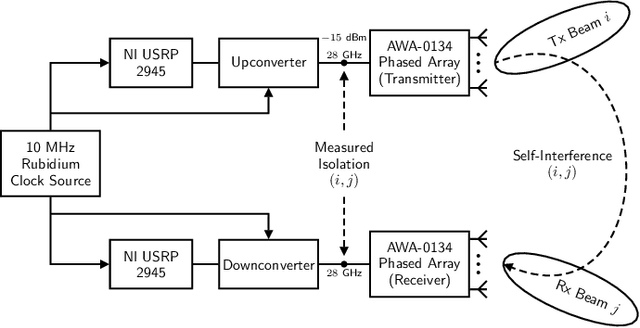


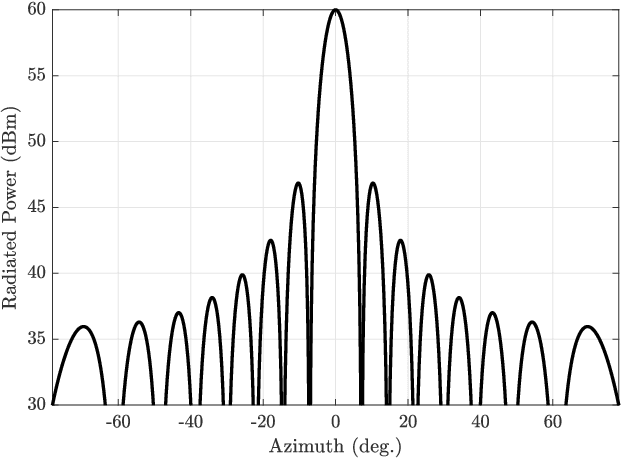
Abstract:We present measurements of the 28 GHz self-interference channel for full-duplex sectorized multi-panel millimeter wave (mmWave) systems, such as integrated access and backhaul. We measure the isolation between the input of a transmitting phased array panel and the output of a co-located receiving phased array panel, each of which is electronically steered across a number of directions in azimuth and elevation. In total, nearly 6.5 million measurements were taken in an anechoic chamber to densely inspect the directional nature of the coupling between 256-element phased arrays. We observe that highly directional mmWave beams do not necessarily offer widespread high isolation between transmitting and receiving arrays. Rather, our measurements indicate that steering the transmitter or receiver away from the other tends to offer higher isolation but even slight steering changes can lead to drastic variations in isolation. These measurements can be useful references when developing mmWave full-duplex solutions and can motivate a variety of future topics including beam/user selection and beamforming codebook design.
Total Variation, Adaptive Total Variation and Nonconvex Smoothly Clipped Absolute Deviation Penalty for Denoising Blocky Images
Jun 02, 2009



Abstract:The total variation-based image denoising model has been generalized and extended in numerous ways, improving its performance in different contexts. We propose a new penalty function motivated by the recent progress in the statistical literature on high-dimensional variable selection. Using a particular instantiation of the majorization-minimization algorithm, the optimization problem can be efficiently solved and the computational procedure realized is similar to the spatially adaptive total variation model. Our two-pixel image model shows theoretically that the new penalty function solves the bias problem inherent in the total variation model. The superior performance of the new penalty is demonstrated through several experiments. Our investigation is limited to "blocky" images which have small total variation.
 Add to Chrome
Add to Chrome Add to Firefox
Add to Firefox Add to Edge
Add to Edge